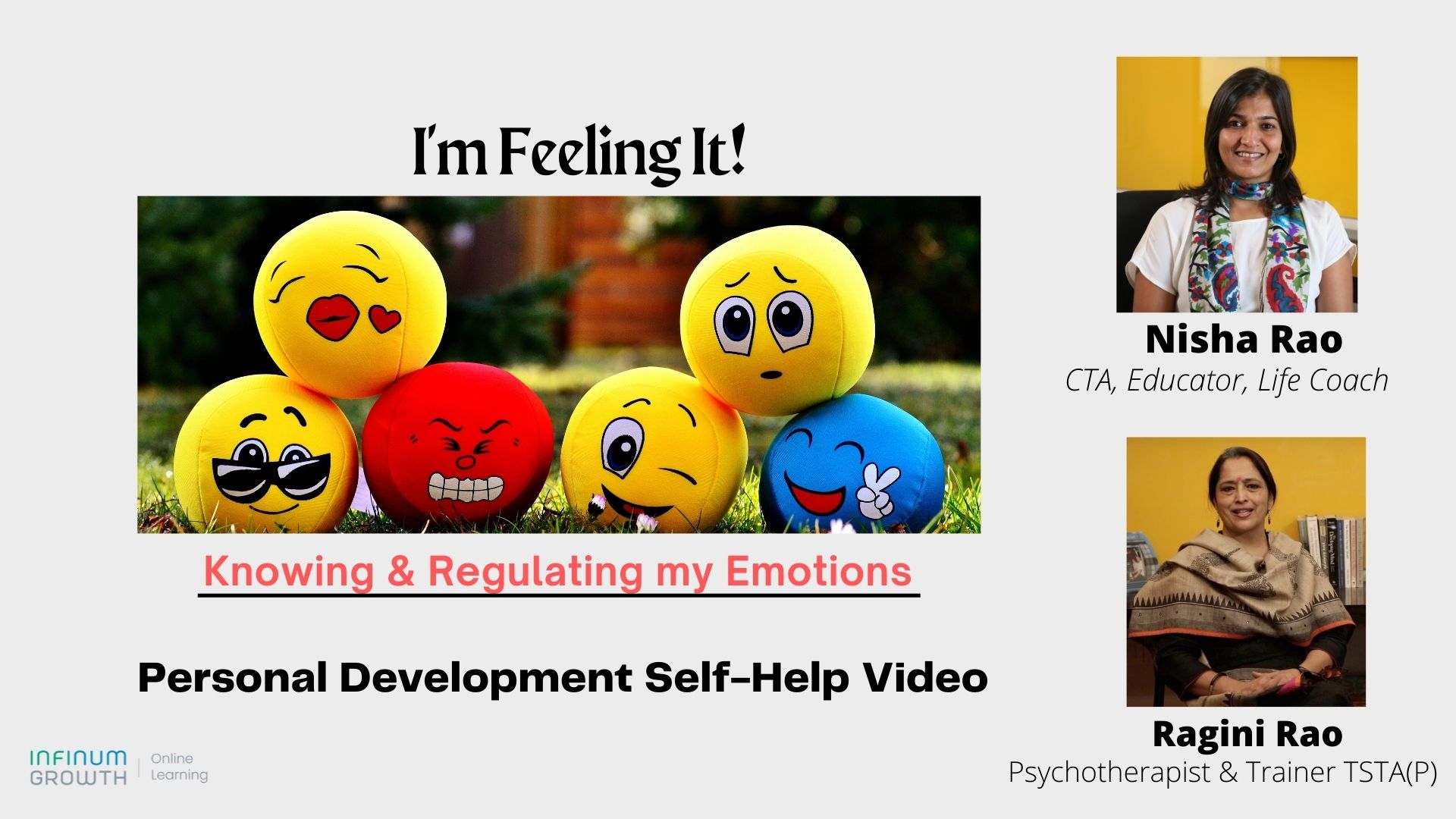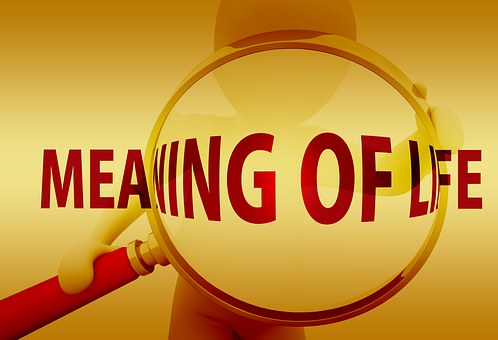A cuddly child was a great temptation for adults around her to give her a squeeze. She did not enjoy it and used all of her two year old form to firmly tell them off by shaking her index finger in a clear ‘no’ every time she felt them getting too close.
Sometimes she would ‘allow’ them a hug if they asked her permission and she was comfortable with it.
It was a fascinating lesson for me, about how a baby could intuitively express her need for boundaries with firmness and dignity.
Boundaries – both physical and psychological – are ‘limits’ set to differentiate what belongs ‘inside’ and what belongs ‘outside’. They are a way of satisfying basic human needs to establish one’s safety, stability, security and identity.
How do boundaries help?
To answer this let us look at the reverse; that is, what happens when they are not set.
Richika was unable to set any boundaries with her boyfriend. Due to her lack of autonomy and being blindly entangled and enmeshed in the relationship, she could not free herself from his manipulation.
Intellectually she understood the reality; and, emotionally felt disrespected and trampled upon. But she had a very hard time setting a boundary and sticking to it.
Facing a burnout and seething with anger at herself, she finally decided to distance herself; and deny him his unreasonable demands. With help from her counsellor, she decided on her ‘rekha’ with him; and others too.
It was a tough journey but reaped her much benefit, of regaining her self confidence and self esteem.
Abhay was a caldron of churning emotions. His personal space and time was being constantly encroached upon by his supervisor at work; and he had been unable to draw the line between work and personal life. It was the realisation that he was losing his family’s love and respect for him; and his own failing health, that woke him up to take a call and show compassion for himself.
Setting boundaries is actually an act of kindness to oneself and self care that is essential in the long run for a healthy, balanced life.
Setting boundaries is about you; not the other person
According to Priscilla Claman in Harvard Business Review, January 13, 2021, “Boundary predators rely on their power and authority — and your passivity — to get what they want. It’s up to you to push back, by understanding how to create boundaries and maintain them….”
So the story is not about the ‘other person’. It is about you relinquishing personal autonomy and facing the consequences for that. We cannot change the other person.
We can try and ensure that we communicate our feelings firmly and – if disregarded – decide on the further course of action, knowing that it is for us to exercise a choice.
Being ‘boundary deficient’ impacts us in the short and long term.
- Unnecessary and time consuming arguments,
- anxiety, feeling violated,
- vulnerablity to manipulation,
- strained relationships,
- feeling pressurised,
- compromising on opportunities that help us grow and be more productive,
are all the imminent dangers of being boundary deficient.
Protecting psychological and physical boundaries
Carving out and protecting psychological and physical boundaries gives us a sense of space and freedom, a comfort zone, a place to breathe freely without being buffeted by judgement. It helps us to look at our options in a given situation and decide, based on what feels right for us, instead of being overwhelmed by views of those around us.
It is a protection from being encroached upon. It makes people aware of our needs and how much can be expected from us. Over time, it evokes respect and establishes that we cannot be taken for granted.
A gentleman served a delicious meal, but would want his guests to leave by 10.00 pm after dinner. He was an early riser and needed his sleep time respected. Initially some did not take him seriously and tried to push him and trivialise his boundary. Instead of getting into an argument, he merely went off to his room after bidding them goodnight, quietly enforcing his boundary.
The lesson was learnt.
Once we realise how our personal boundary setting is helpful for us we also become more sensitive to – and aware of – not encroaching on the boundaries of others. We also do not personalise issues as one of ‘rejection’ or feel victimised if the other person sets limits. It helps in building relationships that are mutually respectful.
What stops us from setting healthy boundaries?
Often, we are not even conscious of our right and need to have boundaries. And it becomes a habit to keep compromising even though we are unhappy.
Many of us carry a baggage of not being good enough; and so, are afraid of rejection, if we demand that our requirements are met.
- Fear of conflict,
- not knowing how to speak up or stand up for oneself,
- the need for acceptance and approval from others at all costs,
- the threat of losing a job/position,
- lack of self confidence and
- low self esteem
are impediments to setting boundaries and securing them.
How do we set boundaries?
1.The first step is the awareness of what we are – and are not – comfortable with.
Does our action, in the face of a difficult situation, make us feel empowered or does it buy us only a short term respite?
It requires us to listen to ourselves and be in touch with our feelings. And – in a mindful way – being present in the moment; give ourselves the space to breathe, think, scan our choices and then take a call.
“Personal boundaries are difficult to define and hard to maintain in all spheres of our lives. Unlike laws or national boundaries, personal boundaries don’t exist on their own; you have to will them into existence through conversation, especially if you aren’t in a position of power…..”(Priscilla Claman, Harvard Business Review, January 13, 2021).
The tricky part here is to develop the skill to manage ourselves and our emotions during the conversation.
2. We can set personal boundaries that do not involve any other person.
What it does need is discipline and awareness. It could be setting personal limits to the number of drinks we consume; how many helpings of sweets we have; not watching television for more than a certain time period ……..etc etc.
3. When working with people at home or at work, it is more effective to have a conversation and set the boundaries in a collaborative way.
This gives everyone a sense of inclusion and the decision is not forced.
If a new agreement has to be decided upon, it is best to get clarifications and know what we are getting into. And it is important to make our position clear at the outset to avoid future misunderstandings.
4. Also if we need to say ‘no’ to a request, we need to learn the skill.
A colleague who you don’t want to sour your relationship with, asks you to exchange a particular class timing with her on a continuous basis.
You need to be setting boundaries and yet not say a ‘no’ straight away. The answer could be, “I am ready to help you out today. We need to sit together and rework your class schedule to avoid this situation in future.”
5. Boundaries are not set in stone but not free flowing either.
A reasonable boundary allows flexibility when the need arises, but that must be a free choice. The person cannot be pushed to succumb. As caregivers, for example, we also need to set boundaries for our wards/children/patients.
Boundaries are open to being opposed. Occasionally we need to allow room for a little negotiation provided we reiterate the rules and preferably in the same discussion.
“I understand that you need to stay out late tonight and, that is okay; but the rule still stands at 9.30 pm, for other weekends.”
6. Some boundaries outlive their utility or are not suitable for changed circumstances. We need to rethink those and decide.
To end, I want to share a story that is very insightful.
At a home for rescued animals in Africa, run by a dedicated animal lover, visitors were invited to visit the large fenced area of a white lion.
They could go inside with the handler; and were each given a long stick, which they had to hold at an arm’s length by stretching out the arm.
The logic was that the lion too was aware of personal space. It hugged the handler by standing on its hind legs and putting its front paws on the handler’s shoulders.
But, while it was comfortable with only the handler going close to it, it had been trained to respect the distance ,between the stick and the visitor, as the visitor’s comfort zone!
Please do leave your comments at the bottom and do share with others if you like this article.



















Nice read – creating your own “rekha”